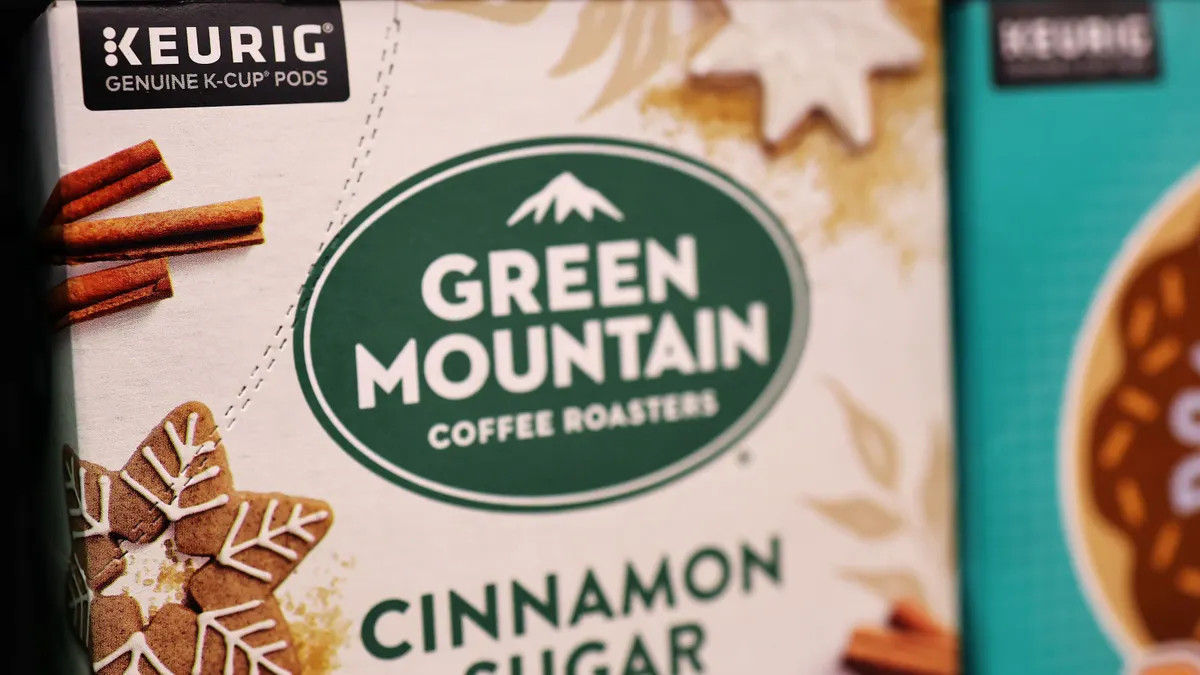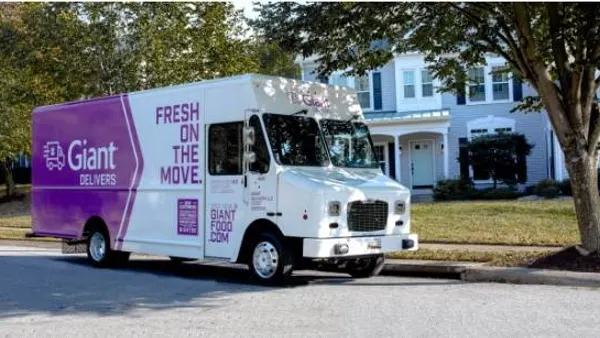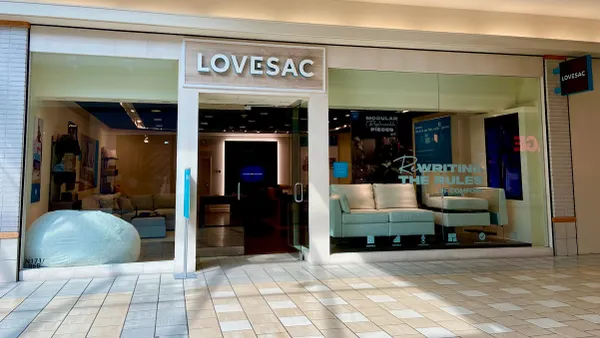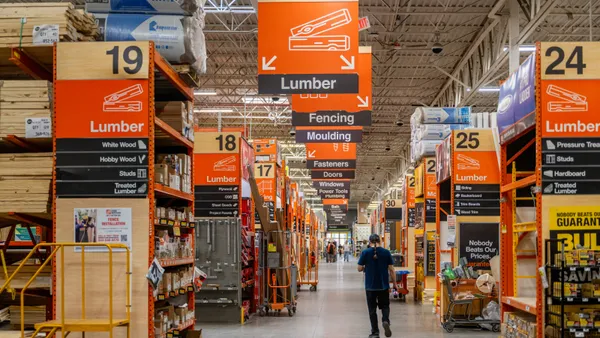Dive Brief:
- Amazon's push for better inventory placement in its fulfillment network has the e-commerce giant on track to achieve its fastest Prime delivery speeds ever in 2025, SVP and CFO Brian Olsavsky said on an earnings call Thursday.
- If Amazon maintains its pace, 2025 would be the third consecutive year the company has set a record for Prime delivery speeds. Amazon aims to further improve its inventory placement to reduce the distance items travel and the amount of touches per package during fulfillment and transportation, Olsavsky said.
- The company is also seeing benefits from improvements to its inbound fulfillment processes, including a nearly four-day reduction to U.S. inbound lead times compared to last year. "This allows us to be more efficient with our inventory purchasing, which benefits working capital," Olsavsky said.
Dive Insight:
Amazon has worked to strengthen its inbound fulfillment capabilities in recent quarters as part of an ongoing effort to place inventory closer to end consumers. As the company improves in this department, it's offering faster delivery timeframes for more customers.
For example, Amazon has begun rolling out three-hour delivery in select U.S. cities, President and CEO Andy Jassy said on the call. Additionally, the number of rural communities with access to Amazon's same-day and next-day delivery speeds has jumped 60% in the past four months.
Smarter inventory placement is also enabling Amazon to expand its food delivery capabilities. Jassy pointed to Amazon's recent expansion of free same-day delivery for perishable groceries in more than 1,000 cities and towns as an example. The company plans to expand the capability to more than 2,300 communities by the end of 2025.
"This is a game changer for customers who can now order milk alongside electronics, check out with one cart and have everything delivered to their doorstep within hours," Jassy said.
While speed has improved, Amazon's fulfillment-related operating expenses increased by more than 12% year over year in Q3. Amazon attributed the increase in its quarterly report to higher sales and fulfillment network investments, but noted it was partially offset by operational efficiencies. As a percentage of net sales, Q3 fulfillment costs fell slightly from 15.5% to 15.4% YoY.















